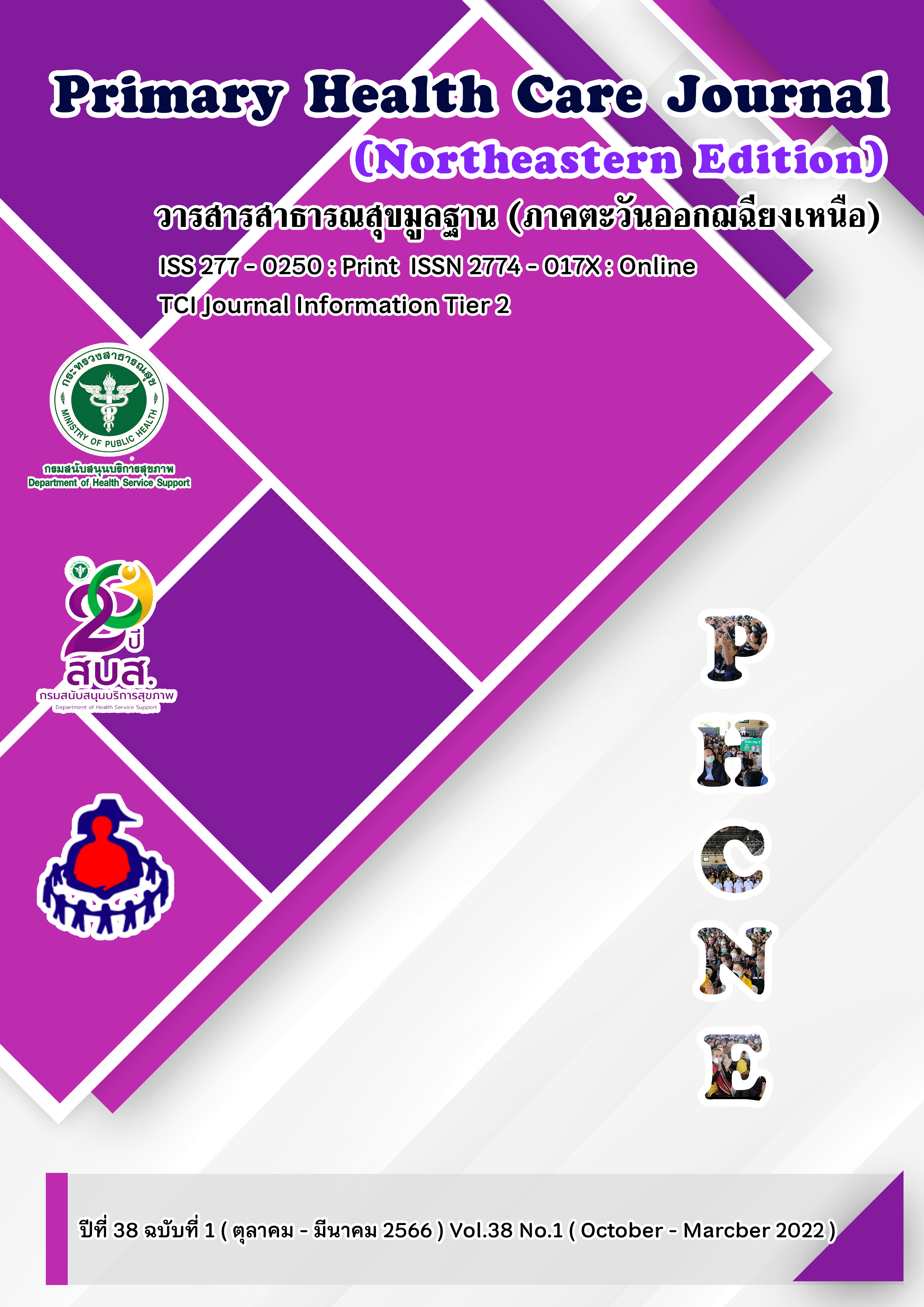ANALYSIS OF FINANCIAL LIQUIDITY, FINANCIAL STABILITY AND OPERATIONAL EFFICIENCY OF HOSPITALS UNDER THE OFFICE OF THE PERMANENT SECRETARY, MINISTRY OF PUBLIC HEALTH, THAILAND
Keywords:
Financial of liquidity, Financial of stability, operational efficiency, HospitalAbstract
This documentary research The objective is to analyze the financial liquidity, financial stability, and operational efficiency of hospitals under the office of the permanent secretary, ministry of public health ministry of public health. using secondary data from the financial statements of the division of health economics and health security office of the permanent secretary, ministry of public health, for fiscal year 2022 in the 4th quarter (July–September 2022) and from relevant documents and reports. The study was divided into two parts. Part 1 was an analysis of the overall financial situation of the country. The target group is all 900 hospitals under the Ministry of Public Health, and part 2 is a study of financial liquidity analysis and the operational efficiency of hospitals under the Office of the Permanent Secretary of the Ministry of Public Health. The sample size of 227 hospitals was analyzed using descriptive statistics, including frequency distribution, percentage, mean, maximum, and minimum. Findings of the overall and region-base study regarding financial liquidity, financial stability and operational efficiency suggested that: Public health region with largest population size was the 9th region and smallest size was the 3rd region. In terms of number of hospital, the 1st public health region had largest number of hospital while the 2nd region had smallest number. With respect to hospital financial status based on Current Ratio Quick Ratio and Cash Ratio, it was found that the 5th and 10th had best overall financial status and the 2nd region was on the opposite side. When Risk score was taken into account, it revealed that the largest part of hospital (96.0%) gained 0-1 or normal level and no hospital was in level 6 and 7 which is expected to encounter financial problems within 3 months and facing financial crisis, respectively. In respect of hospital financial indicators. Net Working Capital (NWC) had mean = 150,529,561.35 bath, max = 3,460,081,856.17 baht and min = -43,672,504.17 baht. Subsidy after debt payment showed mean = 65,120,215.72 baht, max = 2,439,301,219.33 baht and min = -223,663,884.44 baht. Income higher (lower) than net expense (NI) showed mean = 62,732,562.37baht, max = 1,364,391,541.07 baht and min = -112,244,694.89 baht. In terms of financial stability, the 5th region demonstrated highest level of financial stability while the 1st region showed lowest level from the overall perspective. With respect to operational efficiency, the 5th region could produce best operational efficiency by obtaining largest number of A result (47.62%) in their performance assessment while the 1st region obtained least performance with largest number of F result (16.00%). According to the analysis, we have learnt that although the overall financial status is fairly good but when respective public health region is taken into account, some regions still have certain problems and the executive of all levels including each hospital executive might apply the data from this analysis as a basis for verifying problems and planning for solutions according to the context of each hospital.
Downloads
Published
How to Cite
Issue
Section
License
Copyright (c) 2023 ศูนย์พัฒนาการสาธารณสุขมูลฐาน ภาคตะวันออกเฉียงเหนือ จังหวัดขอนแก่น กรมสนับสนุนบริการสุขภาพ กระทรวงสาธารณสุข

This work is licensed under a Creative Commons Attribution-NonCommercial-NoDerivatives 4.0 International License.




